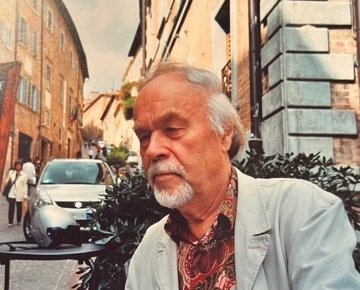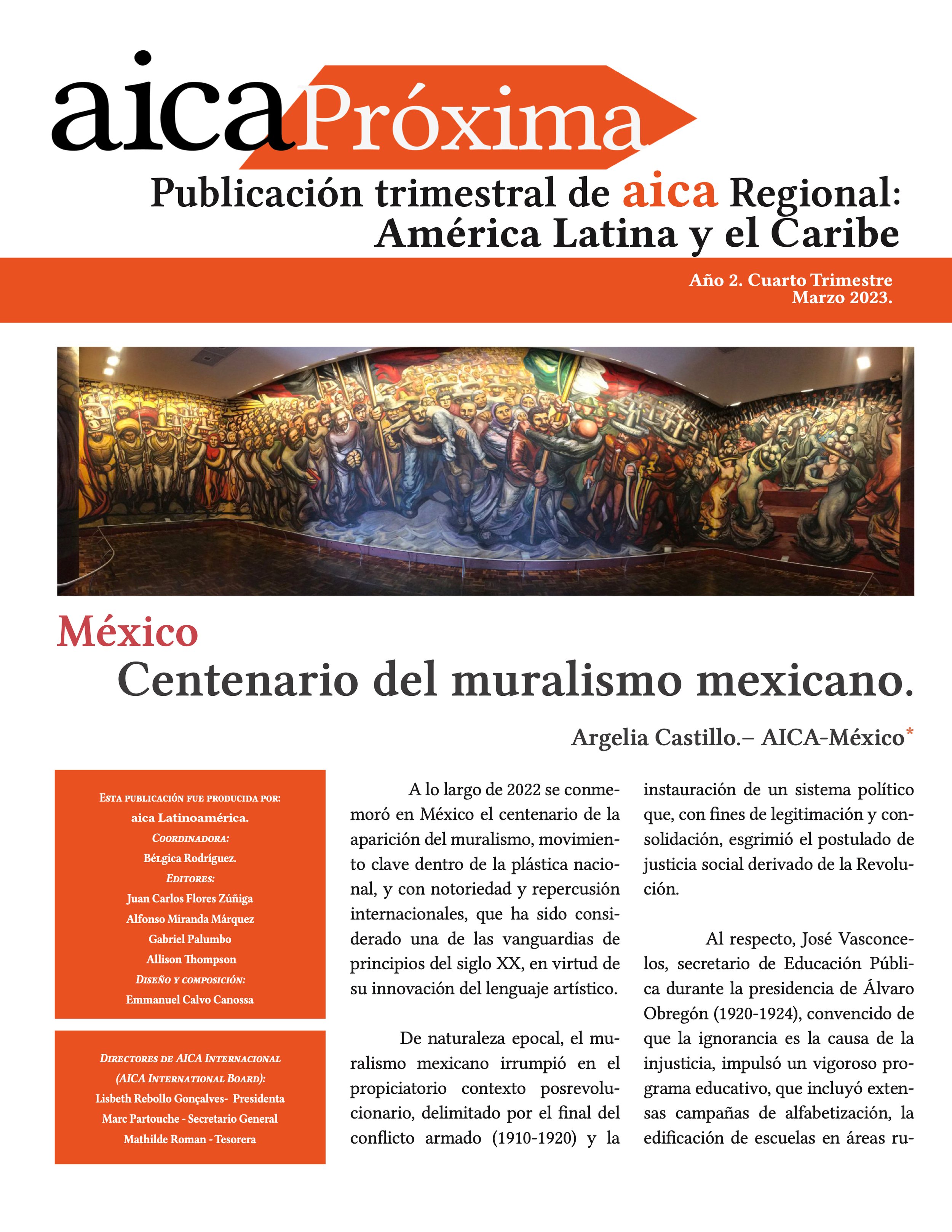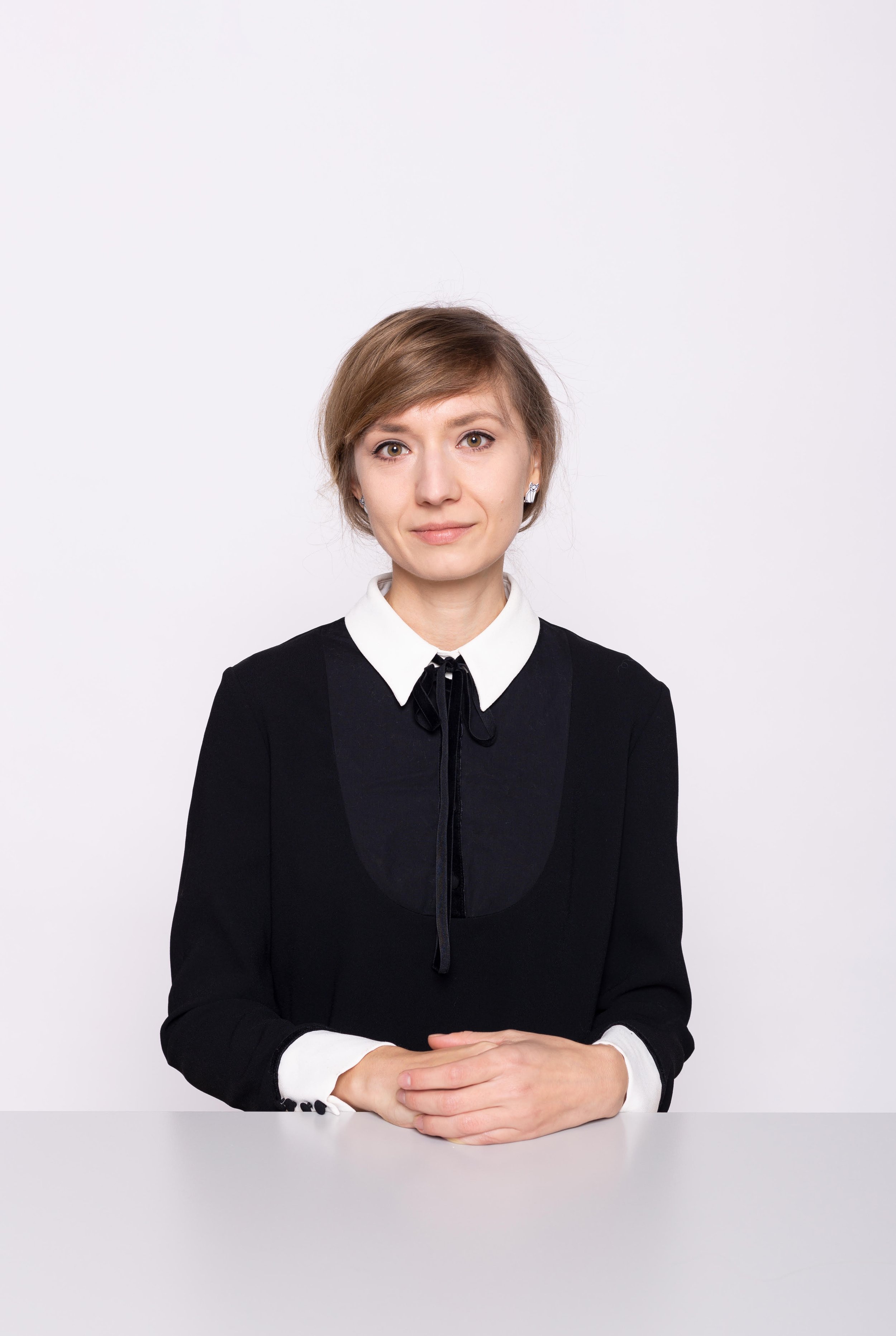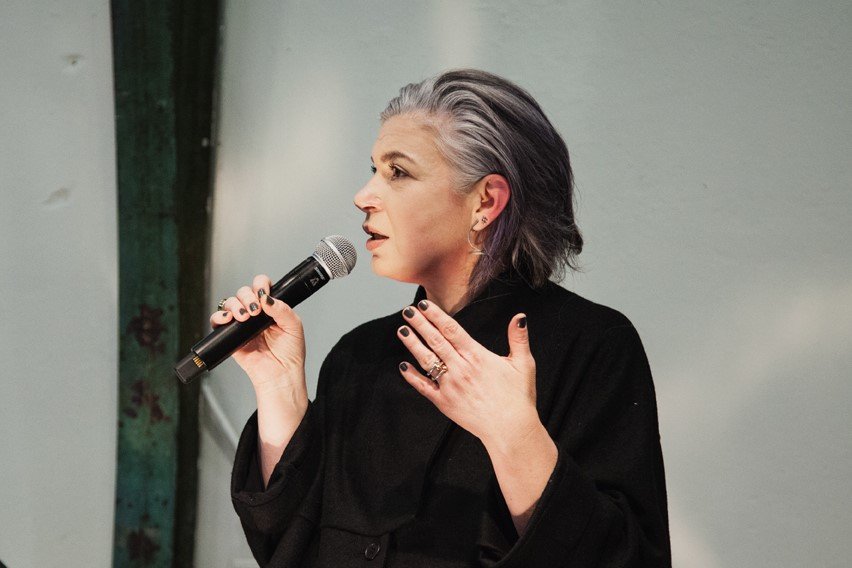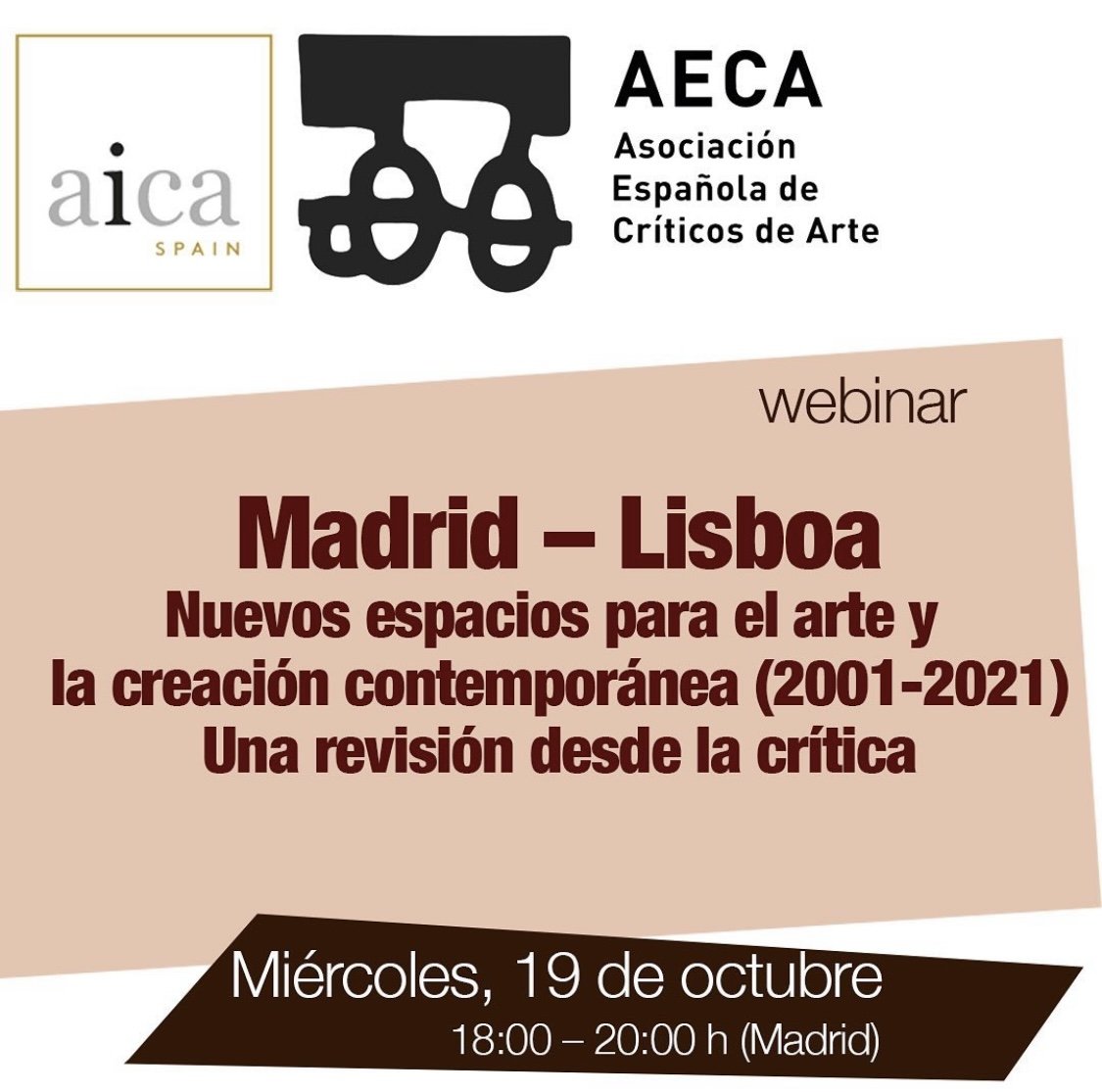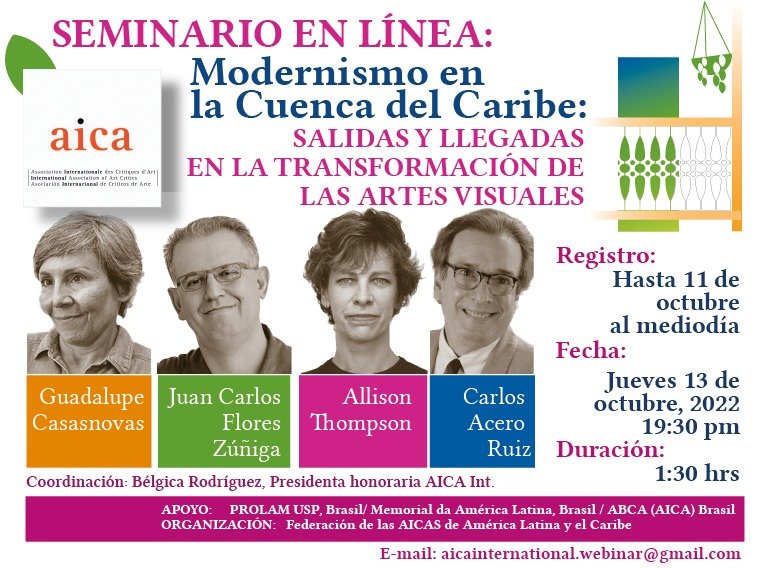El pasado jueves, 20 de abril recibimos la noticia de que el Dr. José A. Pérez Ruiz a los 82 falleció.
Pérez Ruiz nació en Manatí, Puerto Rico el 20 de noviembre del 1941. Se graduó de la Universidad de Puerto Rico, donde obtuvo su bachillerato/licenciatura en 1963 y la maestría en 1967. El grado de doctor se confirió en el Centro de Estudios Avanzados de Puerto Rico y el Caribe en 2011.
Fundó en el 1988 junto a Myrna Rodríguez (QDEP) y Ruth Vasallo, la Asociación de Críticos de Arte de Puerto, capítulo de la Asociación Internacional de Críticos de Arte y presentó a Puerto Rico en el foro internacional de AICA en Buenos Aires, Argentina.
Como crítico, siempre estuvo accesible para los artistas. Su pulso firme y sin prejuicios reconoció el trabajo artístico, sin dejarse influenciar por los nombres de moda, tanto para reconocer las fortalezas de una propuesta como para señalar las debilidades.
Ejerció su carrera como catedrático por más de 34 años en la Universidad de Puerto Rico. Practicó la crítica de arte por más de 38 años. Su presencia, aportación y dirección estuvo en libros de historia de arte, certámenes, bienales y muchas otras facetas de las artes visuales tanto local como internacional. Participó con sus textos en cientos de catálogos de artista puertorriqueños e internacionales. Creador de innumerables ensayos, investigaciones y conferencias como curador e historiador, bajo su firma hay una producción de más de 1,500 artículos en la prensa y más de 60 en revistas. Dictó decenas de conferencias tanto locales como internacionales, alguno de los países visitados fueron Argentina, Cuba, República Dominicana y la Universidad de Wisconsin en los Estados Unidos. Seleccionó y fue el curador, entre los años de 1980 hasta el 2001, de una de las colecciones privadas de arte puertorriqueño más importante, en la Cooperativa de Seguros Múltiples. Organizó y curó en 1993, la exposición de arte conmemorativa del 5to Centenario del Descubrimiento de Puerto Rico, los doctores Ricardo Alegría y Osiris Delgado, expresaron a un número significativo del público asistente, a raíz de esta exposición, que la selección desarrollada planteaba lo que debía ser el próximo museo de Arte de Puerto Rico. En 1997, la conferencia que dictó en el Aula Magma de la Universidad de la Habana, fue considerada y así se puso por escrito, como una conferencia magistral. Participó en el congreso de Estética latinoamericana convocado por la Dra. Rosa María Ravera, de la universidad Bonaerense sobre estética Latinoamericana. Su ponencia fue publicada en una antología que recogía todo lo expresado en el evento, esta circuló entre las universidades de la región.
Fue miembro de la Junta de Gobierno del Ateneo Puertorriqueño, Vicepresidente de la Asociación Internacional de Críticos de Arte (con sede en París) y curador de la Delegación de Puerto Rico a la Bienal de Ljuljana (Yugoslavia) y Cuenca (Ecuador), entre otras distinciones. Entre sus premios se destacan la Medalla de la Fundación Ricardo Alegría (2011), el Premio de la Asociación Argentina de Críticos de Arte (1996) y el Premio Nacional Bolívar Pagán de Periodismo del Instituto de Literatura Puertorriqueña (1982). Recibió en el 2018 un Homenaje por su Trayectoria en la crítica de arte, al celebrar el 30 aniversario de AICA Puerto Rico.
La obra literaria y las investigaciones del Dr. José A. Pérez Ruiz quedan como legado para el presente y futuro estudio del arte en Puerto Rico y Latinoamérica. Fue un ejemplo a seguir como educador, investigador y puertorriqueñista comprometido con su pueblo.
Le sobreviven su esposa Hilda Eva, sus hijos Sylma y Enoc (reconocido artista internacional) y sus nietos.
Abdías Méndez Robles
Pasado presidente de AICA Puerto Rico
Last Thursday, April 20, we received the news that Dr. José A. Pérez Ruiz passed away at 82.
Pérez Ruiz was born in Manatí, Puerto Rico on November 20, 1941. He graduated from the University of Puerto Rico, where he obtained his bachelor's degree in 1963 and his master's degree in 1967. The doctoral degree was conferred at the Center for Advanced Studies of Puerto Rico and the Caribbean in 2011.
In 1988, together with Myrna Rodríguez (RIP) and Ruth Vasallo, they founded the Association of Art Critics of Puerto, a chapter of the International Association of Art Critics (AICA), and presented Puerto Rico at the AICA international forum in Buenos Aires, Argentina.
As a critic, he was always accessible to artists. His firm and unprejudiced hand recognized the artistic work, without being influenced by the fashionable names, both to recognize the strengths of a proposal and to point out the weaknesses.
He practiced his career as a professor for more than 34 years at the University of Puerto Rico. He practiced art criticism for more than 38 years. His presence, contribution and direction can be found in art history books, contests, biennials and many other facets of both local and international visual arts. He participated with his texts in hundreds of catalogs of Puerto Rican and international artists. Creator of innumerable essays, investigations and conferences as a curator and historian, under his signature there is a production of more than 1,500 articles in the press and more than 60 in magazines. He gave dozens of conferences, both local and international, some of the countries visited were Argentina, Cuba, the Dominican Republic and the University of Wisconsin in the United States. He selected and was the curator, from 1980 to 2001, of one of the most important private collections of Puerto Rican art, at the Multiple Insurance Cooperative. Organized and curated in 1993, the commemorative art exhibition of the 5th Centennial of the Discovery of Puerto Rico, doctors Ricardo Alegría and Osiris Delgado, expressed to a significant number of the audience, as a result of this exhibition, that the selection developed raised what it should be the next Puerto Rico Art Museum. In 1997, the conference that he gave in the Aula Magma of the University of Havana, was considered and thus it was put in writing, as a magisterial conference. He participated in the Latin American Aesthetics congress convened by Dr. Rosa María Ravera, from the Buenos Aires University on Latin American aesthetics. His presentation was published in an anthology that included everything expressed in the event, it circulated among the universities of the region.
He was a member of the Governing Board of the Puerto Rican Athenaeum, Vice President of the International Association of Art Critics (based in Paris) and curator of the Puerto Rican Delegation to the Ljuljana (Yugoslavia) and Cuenca (Ecuador) Biennials, among others distinctions. His awards include the Ricardo Alegría Foundation Medal (2011), the Argentine Association of Art Critics Award (1996) and the Bolívar Pagán National Journalism Award from the Institute of Puerto Rican Literature (1982). In 2018, he received a Tribute for his Career in Art Criticism, when celebrating the 30th anniversary of AICA Puerto Rico.
The literary work and research of Dr. José A. Pérez Ruiz remain as a legacy for the present and future study of art in Puerto Rico and Latin America. He was an example to follow as an educator, researcher, and Puerto Rican committed to his people.
He is survived by his wife Hilda Eva, his children Sylma and Enoc (internationally renowned artist) and his grandchildren.
Abdias Mendez Robles
Former President of AICA Puerto Rico


